Kunisaki Art Trip: Magnificent Nature, Public Art, and Ancient Sites

The Kunisaki Peninsula in Oita is home to several works of contemporary art on public display. These works have been inspired by the natural environment and rich spiritual traditions of the region. We introduce two art sites that can be visited on tours organized by Beppu Project.
The Kunisaki Peninsula: Home to Art and Rich Spiritual Traditions
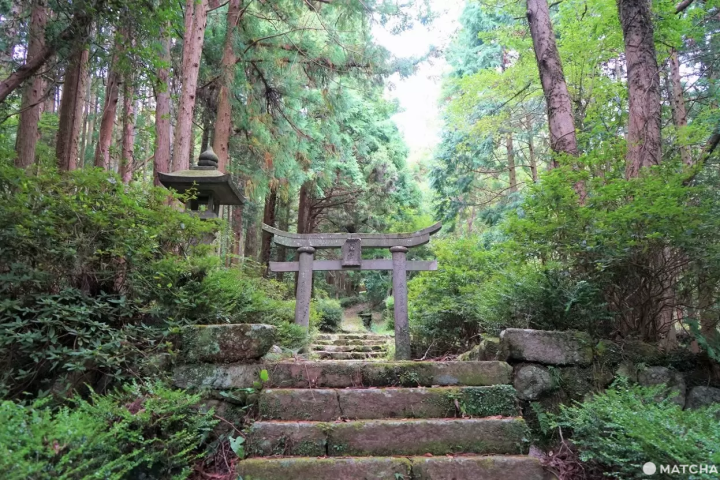
In Japan, Oita's Kunisaki Peninsula evokes the image of ancient temples, Buddhist stone statues, and shrines. A mountainous region, this peninsula has been a cradle for syncretic religious traditions, which can be seen at Usa Jingu Shrine, the head of all the shrines dedicated to the deity Hachiman, or in the Rokugo Manzan culture, an ascetic tradition that incorporates elements of Buddhism, Shinto, and mountain worship.
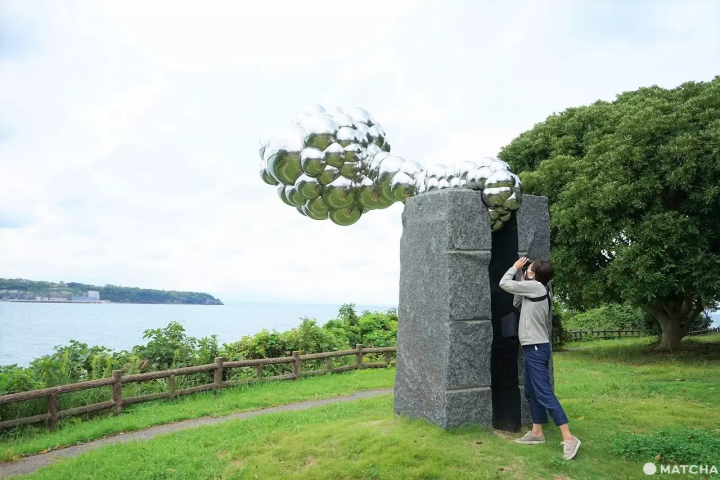
The Gate of Water and Soil: Works about the Sky and the Earth (stage II) by Toda Yusuke, on display at Nagasakibana Resort
Kunisaki is also home to impressive works of contemporary art installed in various locations around the peninsula. Ever since the Kunisaki Art Festival was held in 2014, this region has become a prime destination for those who wish to enjoy art that seamlessly blends with the natural environment.
Beppu Project, a non-profit art organization based in Beppu, has been implementing activities to promote local and international art in Oita. They manage and promote the art sites in the Kunisaki Peninsula. We suggest contacting Beppu Project regarding cultural tours that include these art sites.
Read on to learn more about two particular art sites in Kunisaki that are definitely worth visiting, as well as information on other art displays in the region.
Another Time XX by Antony Gormley
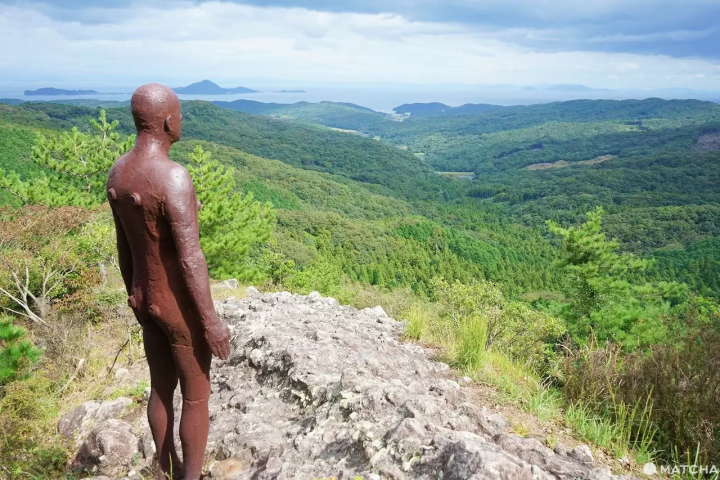
Another Time XX is an iron statue located on the edge of a cliff near the Sendodake peak of Mt. Fudo. British sculptor Antony Gormley visited Kunisaki in 2013. Inspired by the local ascetic traditions, this area's iron mining history, and the breathtaking view of the Seto Inland Sea from the mountaintop, he created this iron "double" of himself to be placed in this location.
It's as if a part of the artist remained forever here gazing out in the distance toward the east. The iron is being gradually eroded by the elements and will eventually return to the ground with time.
The statue is 191 m in height and weighs 629 kg. When it turned out to be too dangerous to carry it to the summit by helicopter, the Kunisaki Art Festival organizers had to find other ways to install it. After consulting with the local community, a ropeway system was created with the help of a local angling enthusiast who threw a disk using his fishing pole nearly 200 m to the other side of the valley.
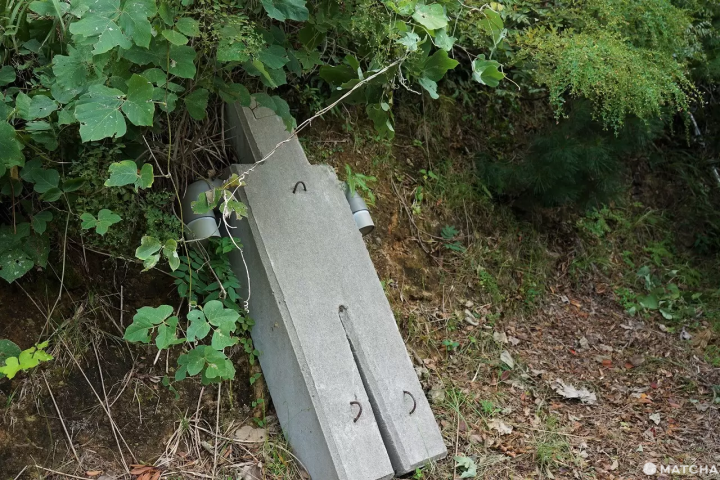
After several trials and errors using a dummy with the same weight, the actual statue was safely installed on the cliff in 2014. The dummy can still be seen near the Fudo Chaya, a rest space at the foot of the Sendodake peak.
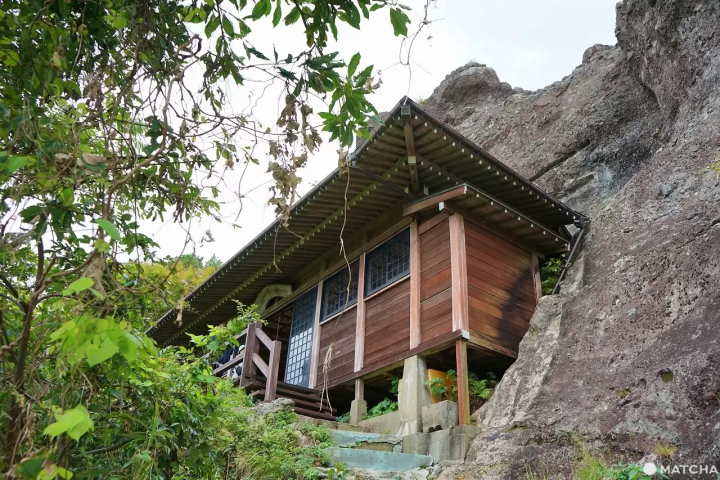
Right behind the statue, on the summit, stands Gotsuji Fudoson, a temple hall facing the east and the Seto Inland Sea. This hall is part of the Sentoji Temple complex.
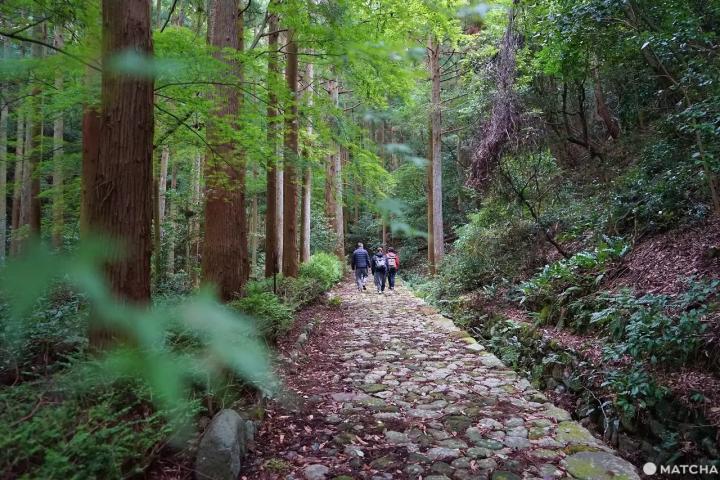
The trail leading to the mountain peak is called Kyu-Sentoji, after the ancient temple that used to be located on this mountain. It is said that the legendary founder of the Rokugo Manzan ascetic culture, Ninmon Bosatsu, established the first Sentoji Temple on this mountain in 718.
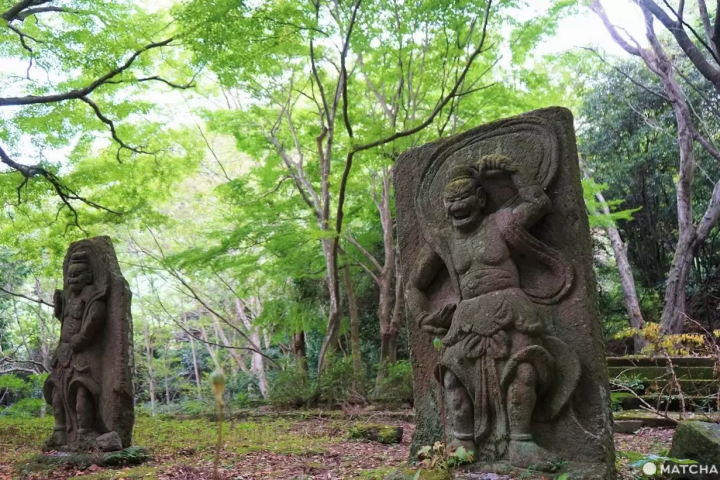
If you climb the mountain on foot, you'll pass by the remains of the former Sentoji Temple. The moss-covered stone guardians still stand at what used to be the temple entrance.

A little further on is Okunoin, a prayer hall built inside a cavern on the mountainside. Right beside it is the small hut where the ascetic Ninmon Bosatsu is thought to have died.
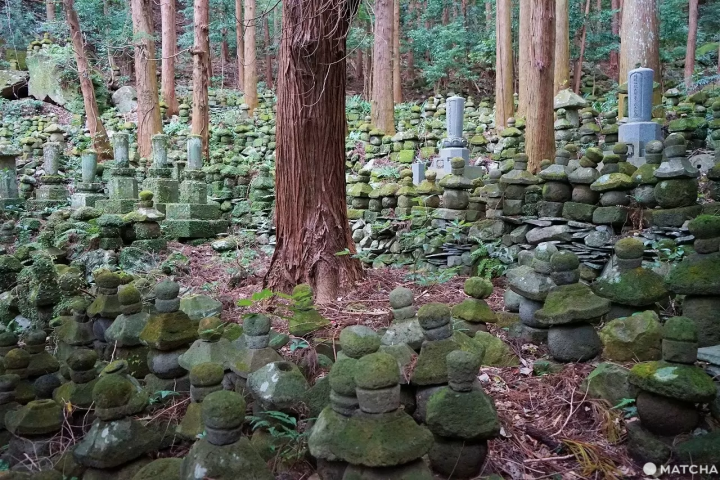
A cluster of Buddhist gravestones can be seen a little further along the trail. These gravestones, called gorinto, consist of five parts, each representing one of the elements: earth, water, fire, wind, and heaven.
Ascending the Kyu-Sentoji Trail on foot is the best way to observe the awe-inspiring nature of Kunisaki, and feel the spirituality that it has inspired. If you'd like to hike this trail on a guided tour, contact Beppu Project as they offer cultural tours that include this area.
Art and Nature at Nagasakibana Resort Campsite
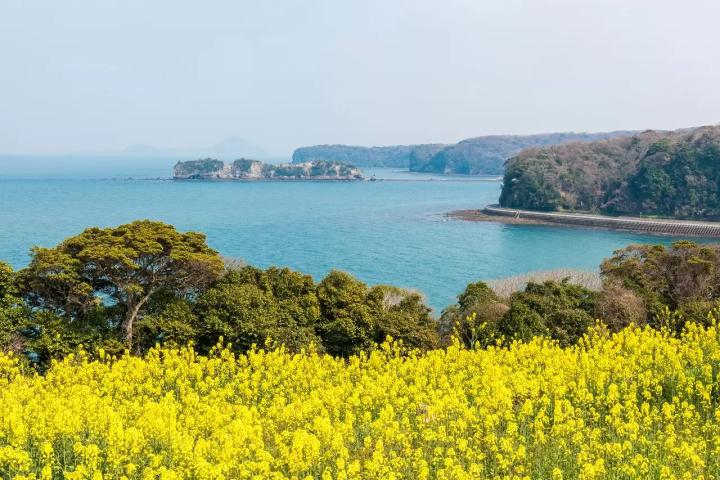
Cape Nagasakibana in spring. Photo by Pixta
The Nagasakibana Resort is a campsite in Bungo-Takada City located on a cape facing the Seto Inland Sea. This area is known for its vast flower fields that create a beautiful color contrast with the sea in the background: rape blossoms in spring, sunflowers in summer, and cosmos flowers in autumn.
The campsite is home to several works of contemporary art displayed outside that visitors are free to touch and interact with.

Right by the cafe & restaurant Fiore, there are two works by Yoko Ono: Wish Tree and The Invisible Bench. You can actually write your own wish on a tanzaku paper slip and hang it on a branch of the Wish Tree; this empowering gesture will remind you that changing the future starts with a wish. The wish paper slips are gathered regularly and sent to the Imagine Peace Tower in Iceland.
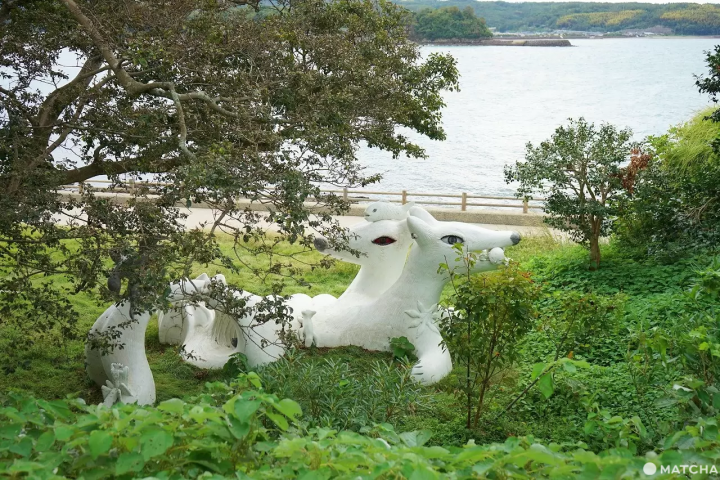
One Wild Day by Tomoko Konoike was inspired by the beautiful seascape and greenery visible from the Nagasakibana Cape. These fantastical creatures invite visitors to play with them and rediscover the joy of being alive.

The Camel of Kunisaki, a work by Yodogawa Technique, was created using objects found in the sea near the shores of Kunisaki. If you open the small doors on the camel's body, you'll find a jar with flower seeds; feel free to take a few with you as a memento of your trip to Nagasakibana.
There are several other works by international artists around the cape. Take a leisurely walk to see them all up close.
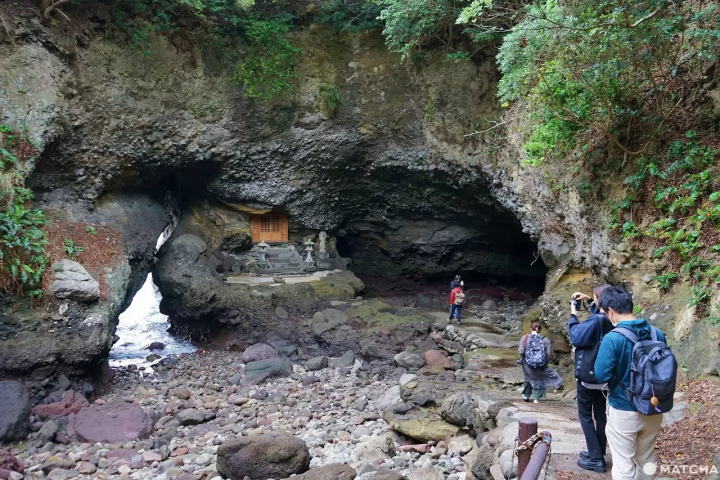
The Ascetic's Cavern, a natural monument formed by water erosion, is one of the places that will make you stop for a while and simply marvel. This cave used to be a site of ascetic practices; that is why there is currently a small shrine installed in a crevice of the rock. There are apparently around twenty such caves formed by the waves around the cape.
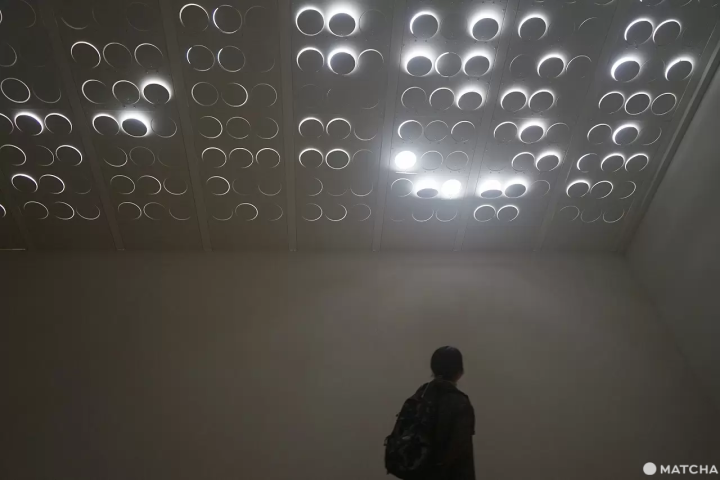
The Art Museum of Nature and Human Non-Homogeneity is also located within the Nagasakibana Resort. The media art displays in this museum focus on natural elements such as sunlight, water, and wind, and how we experience them. Photography enthusiasts will be happy to learn that it's alright to take pictures inside!
Hotels near Art Museum of Nature and Human Non-Homogeneity
Enjoy Art in Kunisaki on Cultural Tours
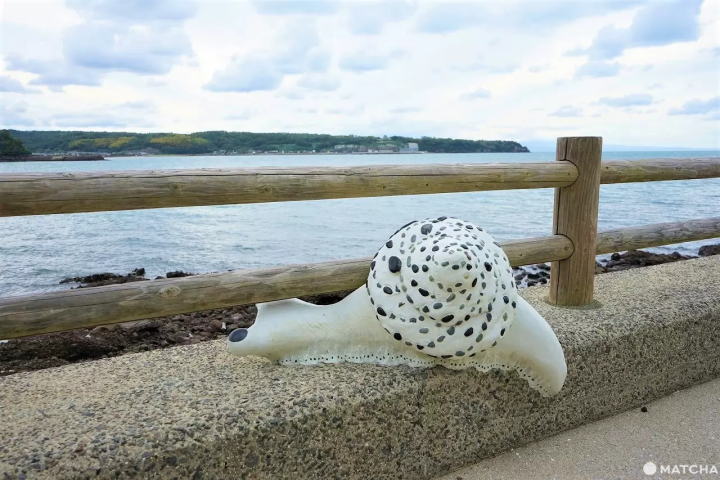
There are many other works of contemporary art on public display around the Kunisaki Peninsula. For more information and tours to these sites, please contact Beppu Project.
Whether you visit for art or for the old temples and the spirituality that this beautiful region has inspired over the centuries, a trip to Kunisaki will surely become a memorable experience that will make you want to visit again.
Ramona, English content editor at MATCHA since 2016, has been practicing ikebana flower arrangement (Ikenobo School) and tea ceremony (Omote Senke) since 2012. She arrived in Japan in 2012 as a graduate student with a focus on Japanese literature and performing arts. As a travel editor and writer, Ramona has visited and documented 40 of Japan's prefectures with a focus on art, history, traditional Japanese crafts, and performing arts.



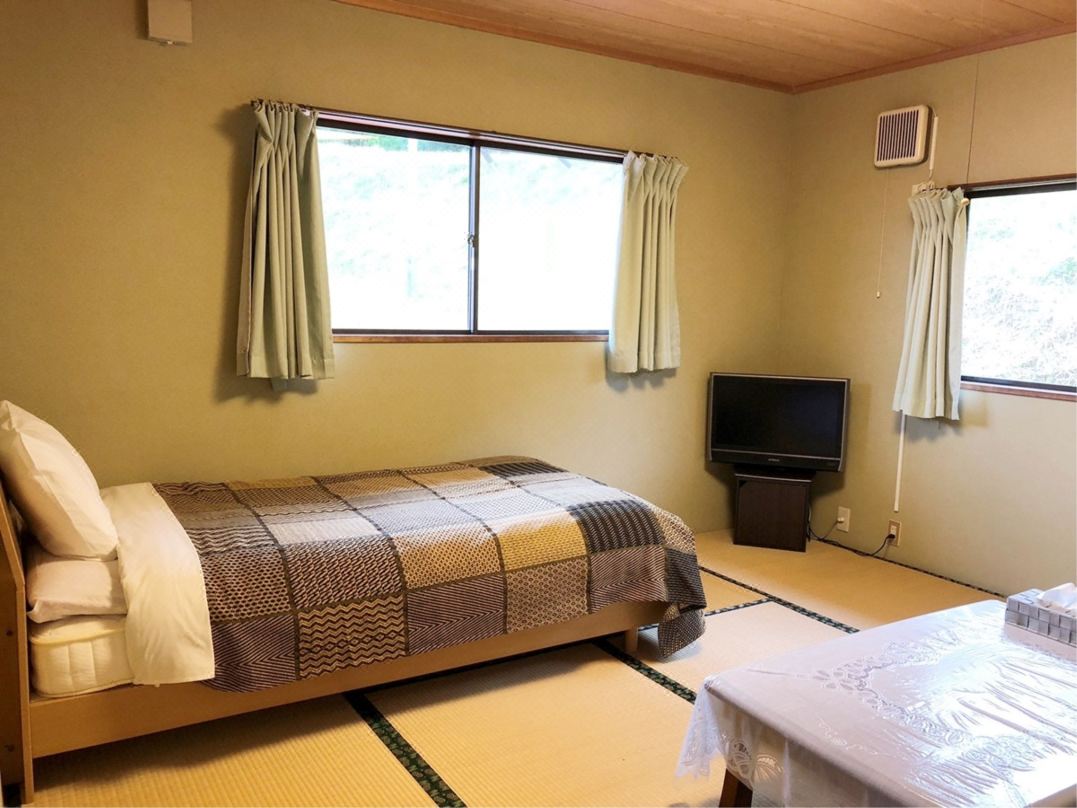


































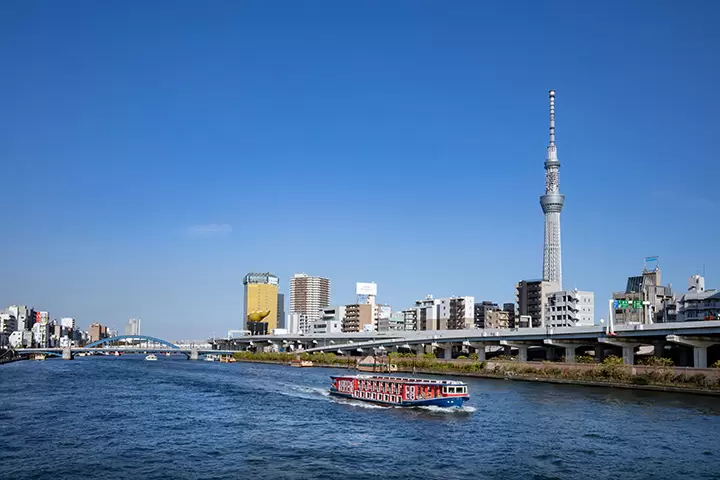


![[Just a short distance from Nagoya] Popular Taiwanese YouTuber Alan tours Aichi, Tokoname!](https://resources.matcha-jp.com/resize/720x2000/2026/01/08-255181.webp)